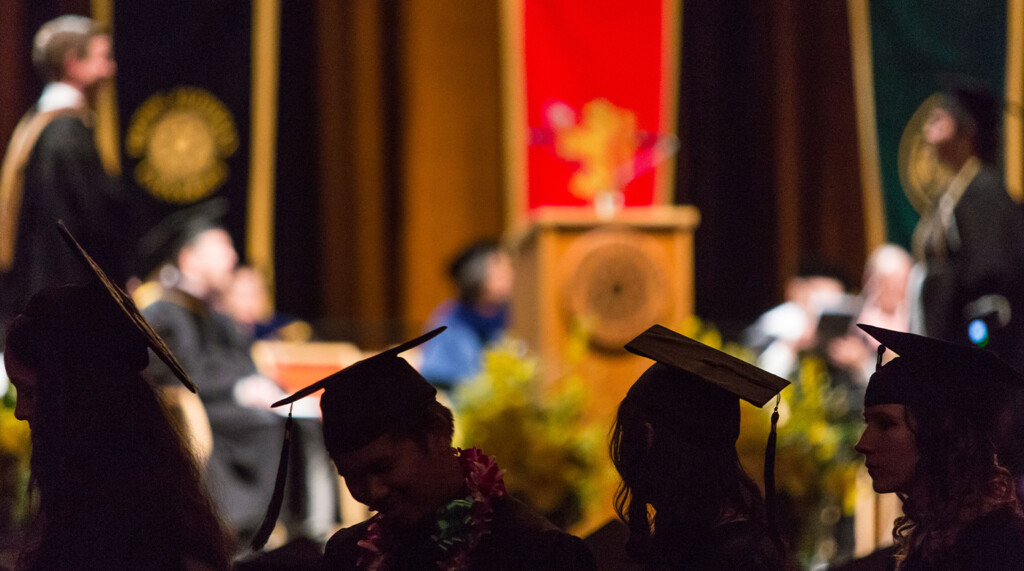Page 314 • (3,483 results in 0.026 seconds)
-
Inviting Family Member to Visit the U.S. During your studies at PLU, you may want to invite your parents or other family members to visit you. Although there is no guarantee, providing your family members with an invitation letter from you may improve their chances of obtaining a visitor’s visa (B-2) at a U.S. consulate or embassy in their home country. This page will guide you in writing an invitation letter. What we recommend to include in the letter Your full name and and your International
-
Orgs Handbook and that an Event Planning Form will be submitted for all events. Religious activities sponsored by student clubs/organizations that should be registered include but are not limited to : worship or religious services, Bible studies, witness talks, spiritual retreats, and other off campus activities. The University has final discretion in decisions regarding the sponsorship of religious activities. When these decisions involve student clubs/organizations they are made by the Student
-
-535-8410 Contact Us Links Discovery Alumni News Class Notes Calendar Credits Contact Recent Posts Billboards September 8, 2014 Lutheran Studies Conference September 8, 2014 The Art of Diplomacy September 8, 2014 A Decade of Distinction September 5, 2014 Archives > < Winter 2018 Fall 2017 Spring 2017 Winter 2017 Fall 2016 Spring 2016 Winter 2016 Fall 2015 Spring 2015 Winter 2015 Fall 2014 Spring 2014 © 2014 Pacific Lutheran University | All Rights Reserved Back to top
-
programs (minimum of 4 weeks) for students who are U.S. citizens and receive Federal Pell Grants. The program seeks to diversify who studies abroad, and the countries and regions where they study. Award/Stipend/Benefits: up to $5000 (average = $4000) depending on length of study and student need Contact the Wang Center for application details.Boren ScholarshipsBoren scholarships support U.S. undergraduates to study abroad, including intensive language training in areas of the world critical to U.S
-

Seattle Times, and as Communications Manager for Town Hall Seattle. She graduated from the University of Iowa with a bachelor’s degree in journalism and has volunteered at the Washington Soldiers Home & Colony (and maintained the website SoldiersHomeStories.com) since 2009. Previous Post Meet the Deacons Next Post Class Notes You might also like Billboards September 8, 2014 Lutheran Studies Conference September 8, 2014 A Decade of Distinction September 5, 2014 More Story Meet the Deacons September 1
-
at PLU. They are absolutely great and kind professors. Ida Martine WahlstroemGlobal Studies, 2018 I chose PLU first of all because of the university’s strong tie to Norwegian heritage, and I value the smaller, inclusive, and diverse PLU community where the professors know the students well and the Wang Center allows students to pursue global study away journeys. My favorite parts of PLU [have] been the Norwegian influence in the community, studying away in Taipei, Taiwan, engaging through
-

Conference Watch VideosDale Benson Lecture Watch the VideoLutheran Studies Conference Watch the VideosWorkshopsContinuing Education at Pacific Lutheran University offers a variety of professional development courses and programs to meet the needs of business professionals and life-long learners. Discounts for the workshops below are available for PLU alumni, students and current employees. Contact Continuing Education at CE@plu.edu prior to registering for the discount code.School Nursing workshops at
-
, with the celebration of the Holy Communion at 12:30 in the Ness [Tower] Chapel (Karen Hille Phillips Center for the Performing Arts), Dr. Samuel Torvend, University Chair in Lutheran Studies, presiding and preaching. Lecture at 1:45. Dr. Mark Brocker, Bonhoeffer scholar and Lecturer in Theological Ethics at Pacific Lutheran Theological Seminary (Berkeley), will speak at 1:45 on “Bonhoeffer’s Appeal for Ethical Humility.” Dr. Brocker writes: “Bonhoeffer’s involvement in a conspiracy to assassinate
-
Deanna Hobbs’s Story- Holden Village Political Science (Genocide Studies Minor)- Class of 2020 What she would like other students to know: Even though I participated in a domestic study away program, I still learned so much about myself, the community around me, and the world. Immersion learning doesn’t need to happen somewhere across the globe, it can happen in your own backyard. Being in the Cascades for a month with no access to cell service really challenged me to look at what I value in
-
News 3760 $125,000 endowment will further Jazz Studies at PLU for years to come Mandi LeCompte November 20, 2016 News 376 Views Read more
Do you have any feedback for us? If so, feel free to use our Feedback Form.


